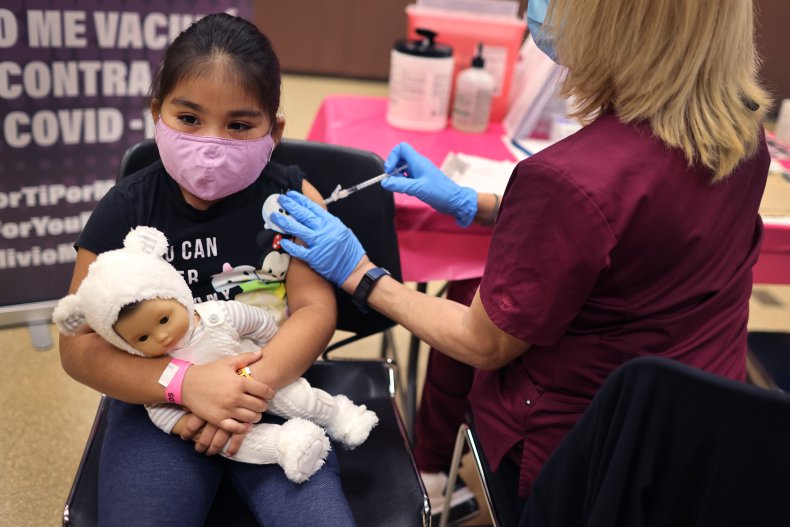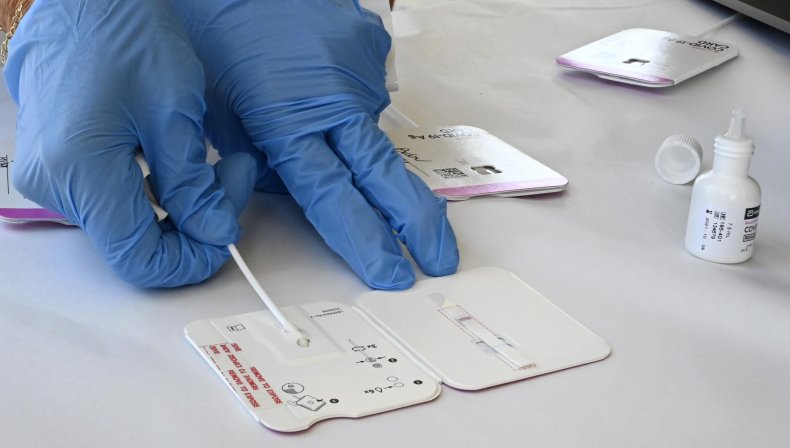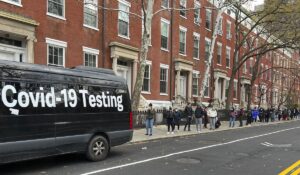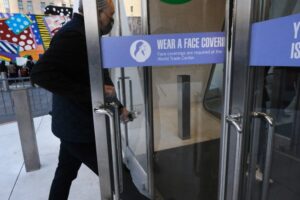The Centers for Disease Control and Prevention have approved policies that allow students to enter classrooms if they test negative for COVID-19.
The CDC determined on Friday that “test-to-stay” policies, which were tested in Chicago and Los Angeles, seem to be effective in reducing the spread of the coronavirus in schools. The Chicago and L.A. tests showed that infections did not increase among students or staff when they were tested upon entrance.
“Test-to-stay is an encouraging public health practice to help keep our children in school,” said CDC Director Dr. Rochelle Walensky. CDC officials say that both test-to-stay initiatives and quarantining measures are equally effective in stopping the spread of COVID-19 in schools.
According to the CDC, test-to-stay initiatives should have students who were in close contact with someone who tests positive for COVID-19 stay out of school for 10 days.
Test-to-stay programs might get another key endorsement outside of the CDC. The Biden administration is expected to unveil its support for the testing initiative on Friday in a new strategy. The purpose of this strategy is to keep as many children in schools as possible while also preventing them from getting infected by COVID-19.
This protection is critical, as the American Academy of Pediatrics estimates that only 20 percent of children ages 5 to 11 have at least one vaccine shot. Around 61 percent of children and teenagers ages 12 to 17 have at least one shot, while 52 percent are fully vaccinated.
Brittany Murray/The Orange County Register via AP, File
The CDC previously said the approach showed promise as long as other measures were followed, such as masking for teachers and students.
The CDC has been working with some school districts to evaluate the programs, and the agency released two studies that indicated they worked well.
One was in suburban Lake County, Illinois, north of Chicago, which adopted a program in August. Close contacts were allowed to remain in school provided that both the infected person and close contact were masked when an exposure might have happened, the close contact had no symptoms, and the close contact was tested one, three, five and seven days after exposure to the infected person.
Infections developed in only 16 of the more than 1,000 close contacts who were tracked, a transmission rate of about 1.5%. Health officials concluded it a successful approach that allowed many students to stay in school.
Similar results were reported in a study that looked at what happened this fall in schools in Los Angeles County, California. Researchers counted 7,511 student close contacts in schools that tried the strategy, finding a secondary infection rate of 0.7%.
The Associated Press contributed to this report.

Photo by Scott Olson/Getty Images



















